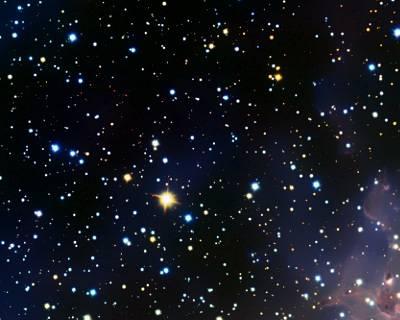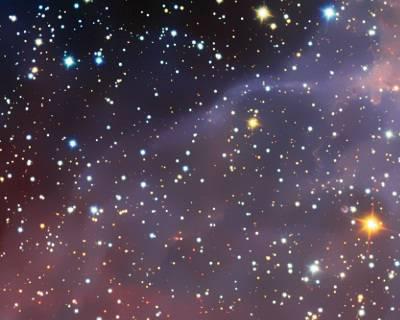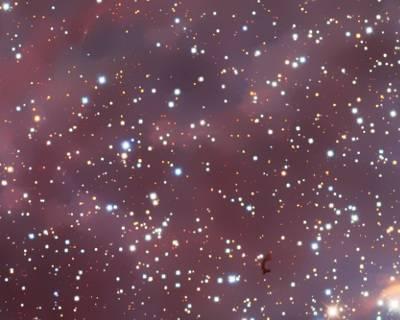| title | Gujin Tushu Jicheng-Yibu Quanlu |
The Complete Collection of Ancient and Modern Books is the largest encyclopedia in China. After Emperor Kangxi fully unified China in 1683, he vigorously implemented a policy of intellectual control through literary inquisition while also opening the doors to the imperial examination system to win over intellectuals to compile and proofread books. In the mid-Kangxi period, Prince ChengYinzhi ordered the scholarChen Meng-lei to compile theCompilation of Ancient and Modern Books, which took over ten years to complete. Emperor Kangxi then renamed it theComplete Collection of Ancient and Modern Books. It consists of over 6,000 sections and 10,000 volumes, encompassing the essence of classics, history, philosophy, and various schools of thought.
The Complete Record of the Medical Section originally belonged to the "Compendium of Natural History and Arts" under the "Medical Examination" section of this book. It comprises 520 volumes, approximately 9.5 million characters, and systematically categorizes over 120 medical texts from theNeijing to the early Qing dynasty. It includes annotations of classical medical texts, differential diagnosis and treatment of various diseases, medical arts, chronicles, and biographies of physicians. The content is well-organized, clearly categorized, and provides both theoretical discussions and practical prescriptions for various medical conditions. All references are meticulously annotated with sources, titles, chapters, and authors, making it a comprehensive reference for medical literature.
Volumes 1 to 70 consist of annotations on medical classics. These include annotations on the three classics: theLingshu, theSuwen, and theNan Jing. For theLingshu, the annotations adopt the complete commentary by Ma Yuantai of the Ming dynasty, titledHuangdi Neijing Lingshu Zhuzheng Fawei, and the annotations byZhang Zhi-cong of the Qing dynasty, titledHuangdi Neijing Lingshu Jizhu. For theSuwen, the annotations incorporate the recompilation and commentary byWang Bing of the Tang dynasty, titledHuangdi Neijing Suwen, the commentary by Ma Yuantai of the Ming dynasty, titledHuangdi Neijing Suwen Zhuzheng Fawei, and the commentary byZhang Zhi-cong of the Qing dynasty, titledHuangdi Neijing Suwen Jizhu. For theNan Jing, only the commentary byHua Bo-ren of the Yuan dynasty, titledNanjing Benyi, is included. These annotations are clear, insightful, and delve into the profound meanings of the texts, resolving doubts and correcting errors, capturing the essence of the teachings of Qihuang and Yue Ren.
Volumes 71 to 216 cover pulse diagnosis, external diagnostic methods, and the theory ofzang-fu organs and body forms. The sections on "pulse diagnosis" and "external diagnostic methods" extract relevant discussions from over 30 medical texts on the four diagnostic methods. The comprehensive analysis of inspection, listening, questioning, and pulse-taking is emphasized, with clinical diagnosis requiring consideration of the patient's age, gender, body type, constitution, and activity level. Inspection, pulse-taking, and palpation should be adapted to the time, place, and individual. The descriptions are concise, vivid, and practical. The section on "zang-fu organs and body forms" draws from over 50 important medical texts, detailing the theories ofzang-fu organs, meridians and collaterals, the theory of five movements and six climates, and the theory of body forms, thoroughly elucidating the core principles of traditional Chinese medicine.Volumes 217 to 500 cover the diagnosis and treatment of various clinical diseases. Among them, "Various Diseases" includes common internal medical conditions, compiling and discussing information from ancient medical texts on the diagnosis and treatment of 52 common internal diseases. The surgical section primarily draws from the works of Yuan Dynasty's Dou Han-qing's Chuangyang Jingyan Quanshu, Yuan Dynasty's Qi De-zhi's Waike Jingyi, Ming Dynasty's Wang Ken-tang's Sore and Wound Doctor Zhengzhi Zhunsheng, Chen Shi-gong's Waike Zhengzong, and Lou Ying's Yixue Gangmu. It lists 11 categories including Yongju boil and sore, multiple abscess, erysipelas, leprosy, and scabies. The gynecology section compiles literature mainly from famous gynecological works, categorizing and discussing in detail menstruation, fertility, prenatal care, parturition, postpartum care, and menorrhagia and metrostaxis. The pediatrics section is the most extensive, using over 100 volumes to detail two major parts: the first part explains 52 common pediatric conditions, including fetal nourishment, neonatal care, diagnosis, and treatment of various diseases; the second part is a specialized discussion on smallpox, detailing Chinese medicine's treatment experiences with smallpox and measles. Some of the selected literature comes from rare ancient pediatric works.
The Complete Records of the Medical Section in the Gujin Tushu Jicheng compiles over a hundred medical works from the Spring and Autumn period to the early Qing dynasty, categorized systematically. Its structure is rigorous, well-organized, and well-documented, with detailed theoretical discussions. This book has played a positive role in the development of Chinese medicine by compiling and organizing medical texts, earning it the title of a medical encyclopedia.
The main existing versions include: a photolithographic edition by Tongwen Shuju in the 16th year of the Guangxu reign of the Qing dynasty; a reduced photolithographic edition in the 20th year of the Guangxu reign; and a reduced edition published by Zhonghua Book Company in 1934. In 1962, the People's Medical Publishing House in mainland China printed the Complete Records of the Medical Section in twelve volumes, categorized into eight parts: annotations on medical classics, pulse diagnosis, external diagnostic methods, zang-fu organ morphology, various diseases, surgery, gynecology, pediatrics, general discussions and biographies, arts, chronicles, miscellaneous records, and external compilation. However, sections such as TaisuMaijue and "Obstetric Charts" were omitted, which is a regret for researchers.





